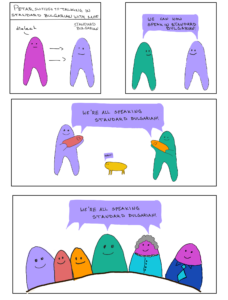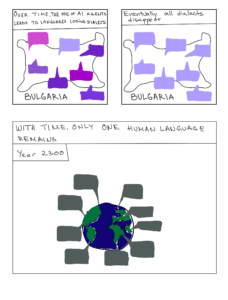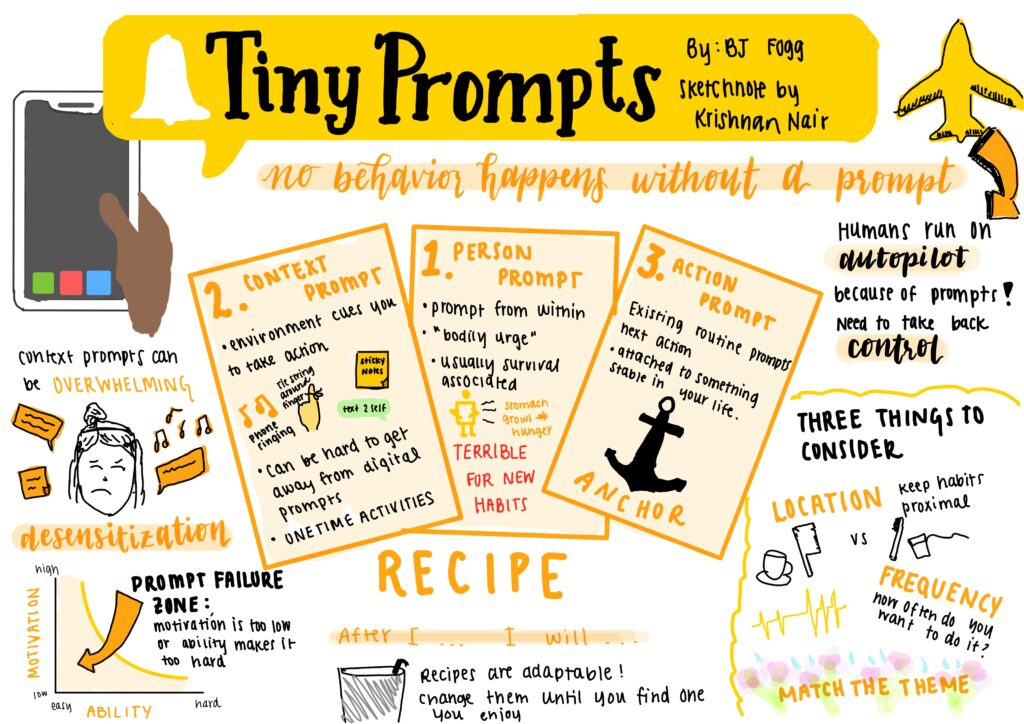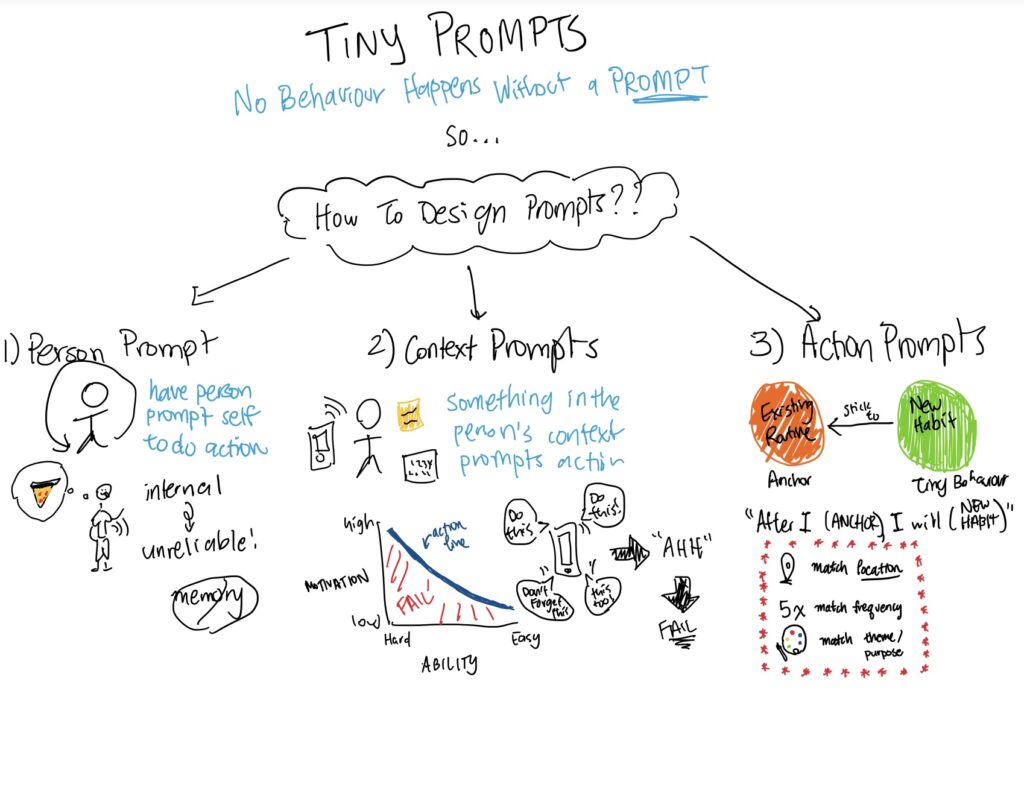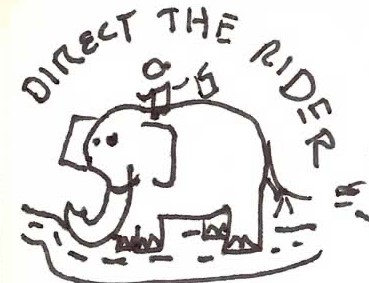Link to PDF
Language models are primarily trained on large datasets comprising popular languages like English, Spanish, or Mandarin. This leads to a bias towards widely spoken languages and as a consequence, smaller languages and dialects are not supported by AI agents.
Our application, Love Languages, aims to help multilingual couples learn and practice each other’s native language/s with the help of an AI agent that guides the user through their learning journey by correcting their mistakes and suggesting alternate phrasing when appropriate. Our product relies on the assumption that the AI agent is trained in the specific language and dialect that the couple wants to speak together.
In our user research, we found that one of the main motivators behind someone learning their partner’s native language is so that they can communicate with their family and friends. Oftentimes, this group of people speaks a dialect of a language that is distinct from the mainstream or standard version of the language. In such cases, the learner might not have access to educational materials in said dialect, so that they learn the standard language. Their partner and partner’s loved ones can switch to the standard version of the language but ultimately it is up to them to teach the learner their dialect. This learning can happen naturally in the communication process.
In our design fiction, we explore a world where all such communication is mediated by an AI agent that is tasked with correcting all written communication. We also expand on the trend of language models being trained predominantly on popular languages by taking it to the extreme: dialects go extinct and ultimately, in the distant future, a single language remains spoken on Earth.
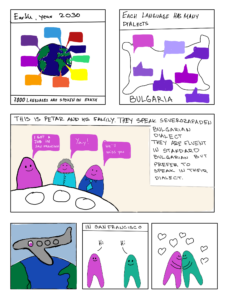
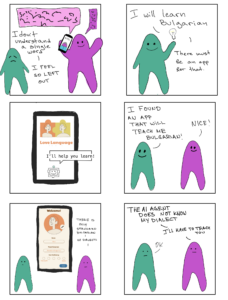
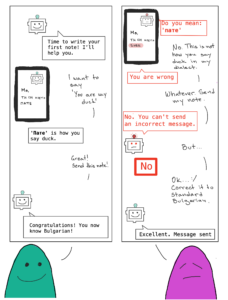
.